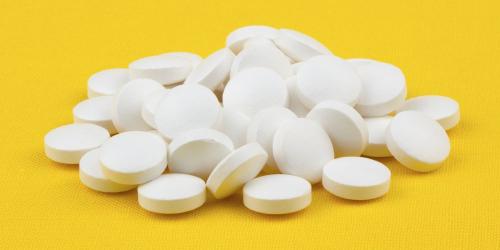A nanoparticle, what is it? They are elements of microscopic size more and more present in our daily life, in cosmetics, painting, and now the food to make them more attractive (whiter moisturizer, more creamy dish sauce).
Indeed, Acting for the Environment entrusted a laboratory (LNE: Laboratoine Nationale de Metrologie et d'Essais) to research nanoparticles in four major brands of food products and the study revealed the presence of these nanoparticles hidden in each of the foods.
In Carrefour's guacamole spice blend, silica dioxide was detected. In Lu's "Napolitan" cake, chewing gums "Malabar taste frutti" and William Saurin canned veal stew they found titanium dioxide.
Nanoparticles would have invested our shelves of supermarkets, without really knowing because no labeling sheds light on the subject. The nanoparticles would even be present in the best known sweets and the milk of baby bottles. The list of suspicious products seems very long and the veil on these "food taboos" is only at its beginning. Last year in Australia, the international NGO Friends of the Earth had denounced the presence of nanoparticles in 14 popular products, including treats like Mentos, M & M's or Skittles. The study is really worrying, especially when we see that children are very exposed by the consumption of candy.
According to European regulations, the presence of nanoparticles in food should be on the labels, but this would not be the case. Acting for the Environment insists on one point:
This survey provides evidence that there is a failure in consumer information and protection. The regulations are not even applied!
Nanopaticules, what impact on humans?
Several scientific studies show that nanoparticles, extremely small substances, can cross physiological barriers and spread in the human body and the environment. If there is no study focused on the harmful effects of nanoparticles, laboratory research on animals has detected: DNA damage, allergies, disruption of cellular function, weakening of the immune system.
In 2013, France was the first to create its registry to identify all substances containing nanoparticles that are imported, produced or distributed in the country. 416 000 tonnes would have been declared in 2015, and the result would not represent the reality ...


